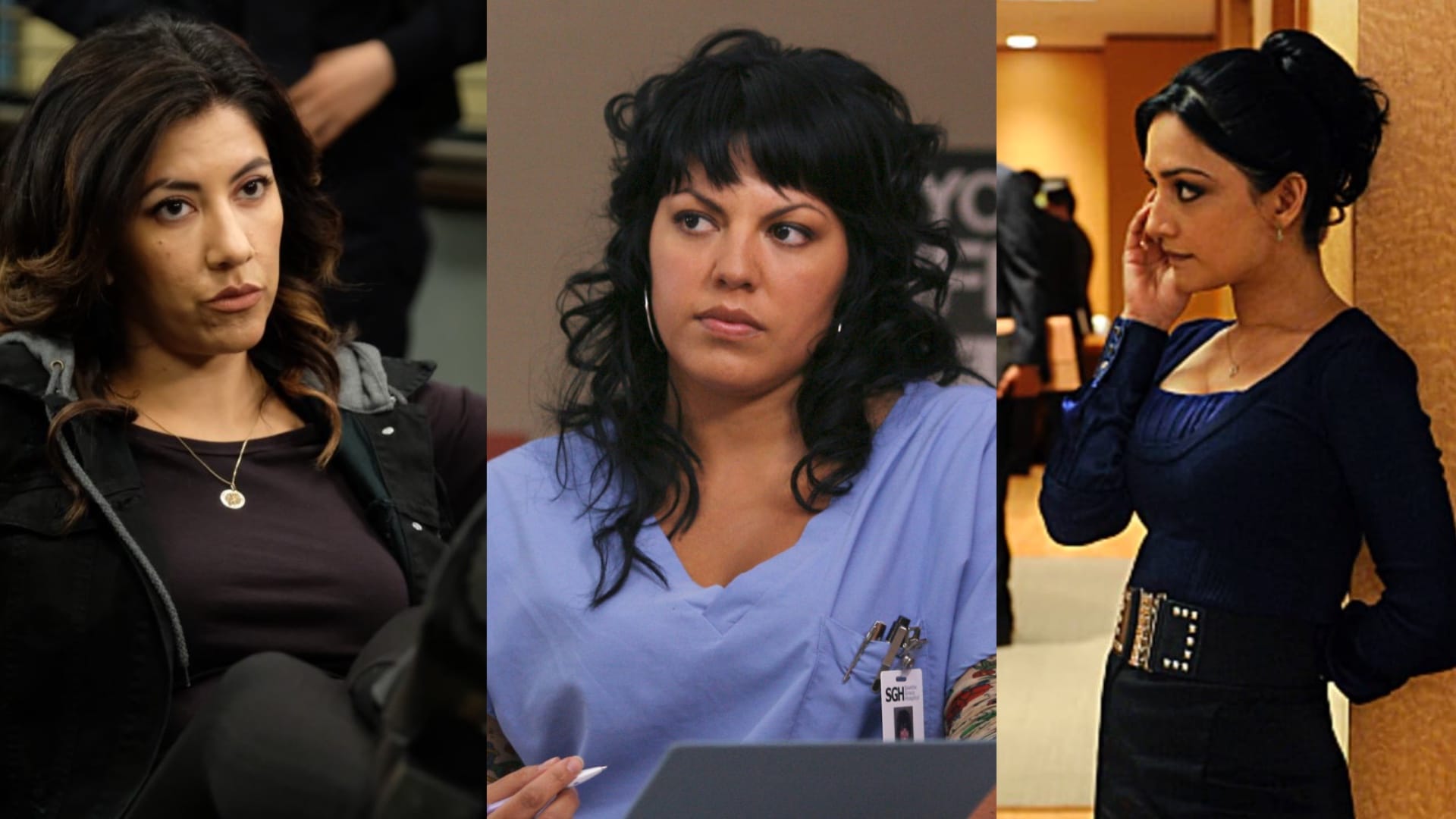Stephanie Beatriz as Rosa Diaz in Brooklyn Nine-Nine, Sara Ramirez as Callie Torres in Grey’s Anatomy and Archie Panjabi as Kalinda Sharma in The Good Wife. (NBC/ABC/CBS)
Queer visibility is on the up, and TV is finally starting to get bisexual representation right.
Let’s be honest – LGBT+ representation on television still isn’t great. Things have gotten much better, but there’s still a long way to go.
In recent years, there have been more gay, lesbian, bisexual and trans characters on television than ever before – but not all representation is good representation.
This is absolutely the case when it comes to bisexual characters. Historically, too many bi characters have played into harmful and degrading tropes and myths about bisexuality.
But fortunately, there has been an explosion of positive, multi-faceted bisexual characters on screen in recent years. Things are getting better – albeit maybe not fast enough.
Below, we take a look at some of the best – and the worst – bisexual characters on television through the years to mark Bisexual Visibility Day on Thursday (23 September).
1. Rosa Diaz – Brooklyn Nine-Nine
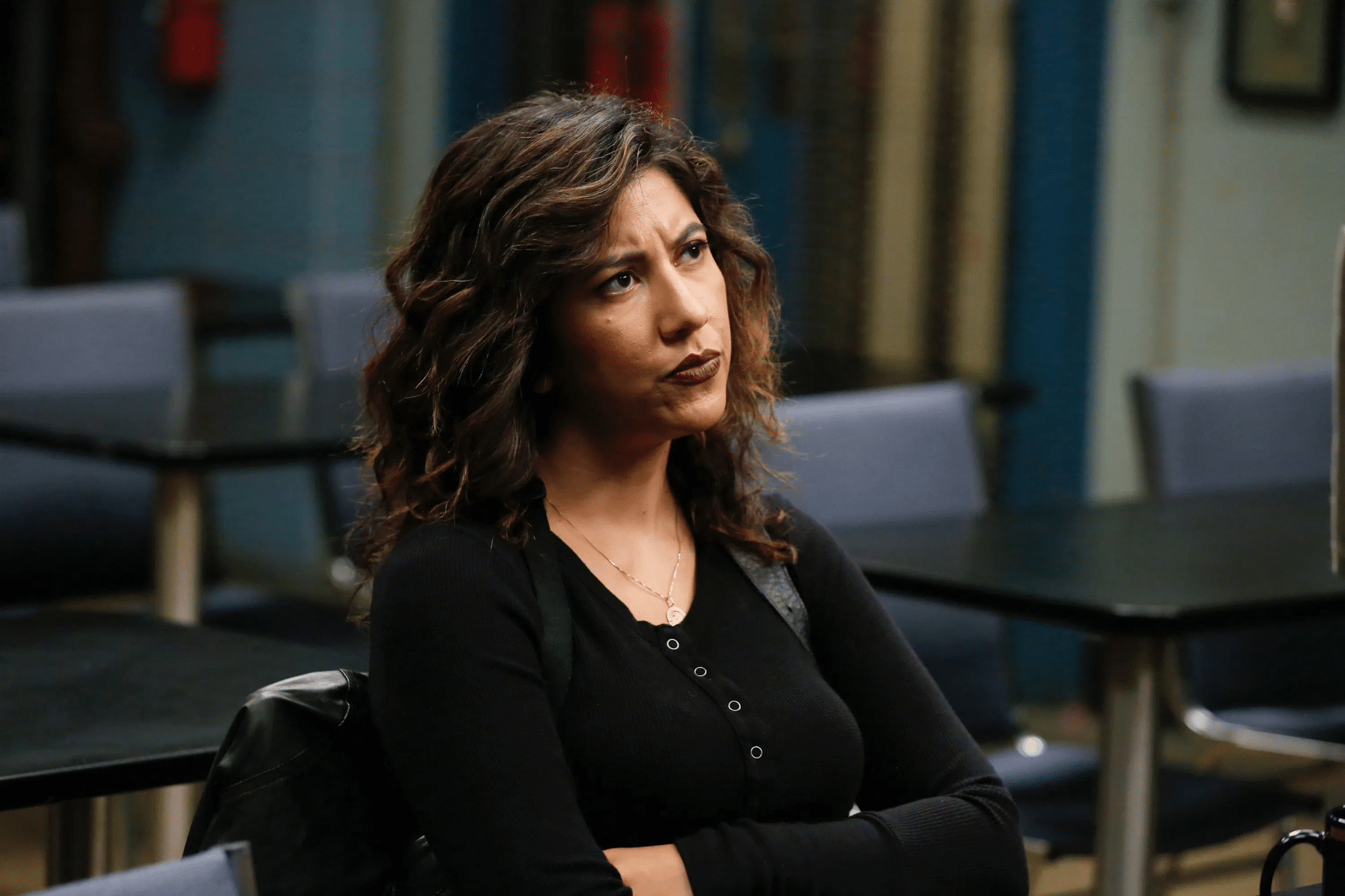
Rosa Diaz (played by Stephanie Beatriz) quickly became one of the best bisexual characters on television when she came out in the fifth season of Brooklyn Nine-Nine.
It was clear right from the get-go that the writers were committed to dodging harmful tropes by writing her character’s story in a believable and respectful way.
Fundamentally, Rosa didn’t change in any way after she came out. She was just the same old loveable (if slightly cold) Rosa Diaz that fans had loved for so long.
Throughout the show’s final three seasons, Rosa confronted tired stereotypes about bi people while also getting on with her job as a detective in the NYPD.
The verdict: Excellent bisexual representation that was thoughtful and considered. Rosa Diaz will be sorely missed after the show bowed out at the end of its eighth season last week.
2. Kalinda Sharma – The Good Wife
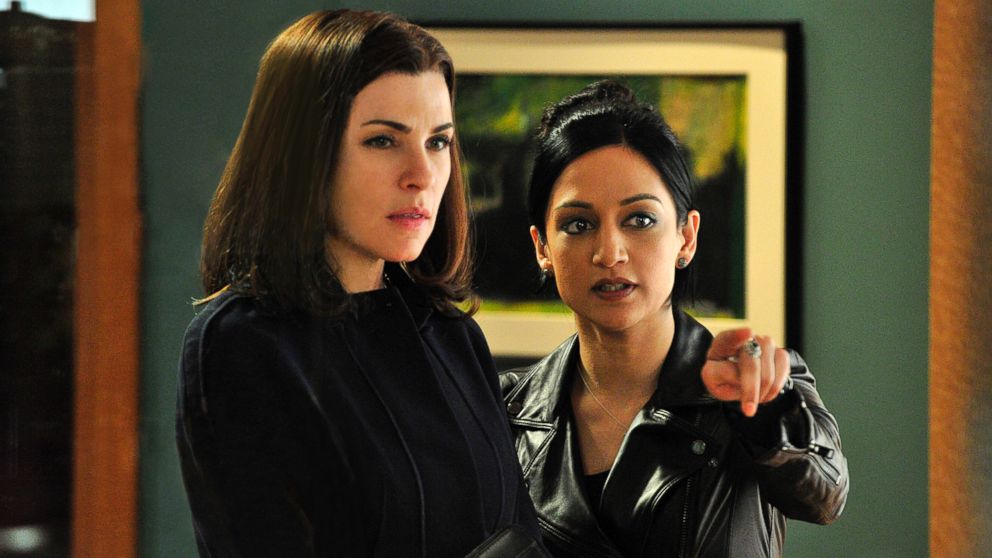
All the way back in 2009, English actress Archie Panjabi brought Kalinda Sharma to life in CBS’ hugely popular series The Good Wife.
It didn’t take long before the writers started dropping hints that Kalinda wasn’t exactly straight. In the show’s first season, she was seen flirting with FBI agent Lana Delaney (Jill Flint).
Throughout her six seasons on The Good Wife, Kalinda had sexual relationships with both men and women – but she repeatedly refused to label her sexuality. In one famous scene, she says she’s “flexible” when it comes to sexual partners.
The debate has raged on in the years since The Good Wife wrapped as to whether Kalinda was a good or bad example of bi representation. Some would argue that there was power in her refusal to label her sexuality. Others felt that it was a cop out on the part of the show’s writers.
One thing is clear though: Kalinda Sharma was a groundbreaking force for network television, blazing a trail as a queer South Asian character, and she is still widely loved by The Good Wife fans today.
The verdict: Kalinda is a mixed bag. Some might say it wouldn’t have hurt to have a scene in which she openly identified her sexuality, but there’s also power in defying easy identification.
3. Callie Torres – Grey’s Anatomy
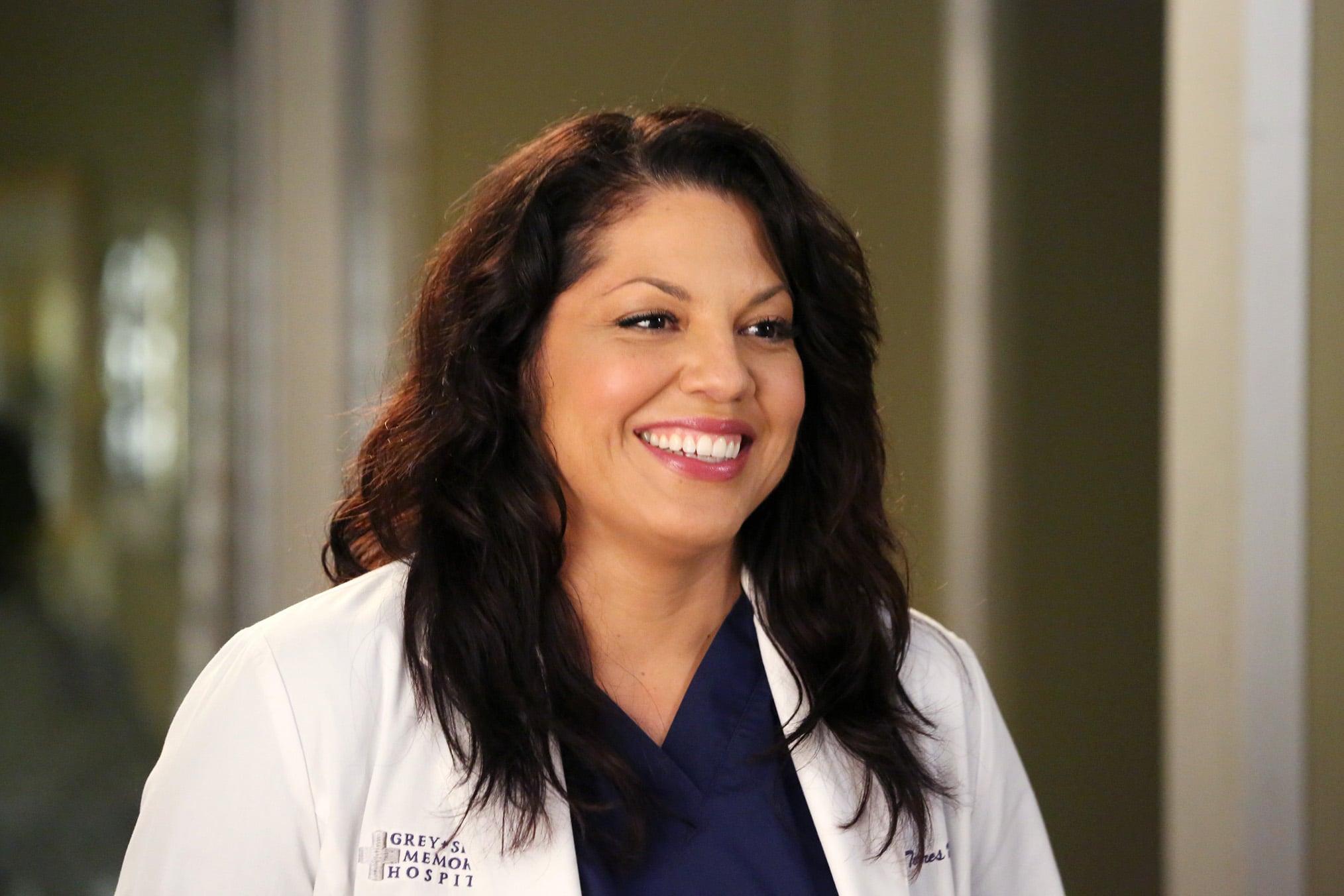
For many people, watching Callie Torres’ (Sara Ramirez) story play out on screen was the first time they ever saw a bisexual character on television.
Callie arrived like a storm into the second season of Grey’s Anatomy – and she changed the show forever. While she was initially there to act as a love interest for George O’Malley (T.R. Knight), she later built a years-long relationship with paediatric surgeon Arizona Robbins (Jessica Capshaw).
Throughout her time on the show, Callie battled with the challenges that came with coming out as bisexual to her parents. Her character might have played into some tropes, but her presence in a network drama all the way back in 2006 was hugely significant.
In 2016, Ramirez – who played the character for 10 years – came out as bisexual. In 2020, they came out as non-binary.
The verdict: Grey’s Anatomy didn’t always get it right with Callie, but it was also a different time – and her very presence on screen in 2006 made her a groundbreaking force-to-be-reckoned with.
4. Annalise Keating – How to Get Away With Murder
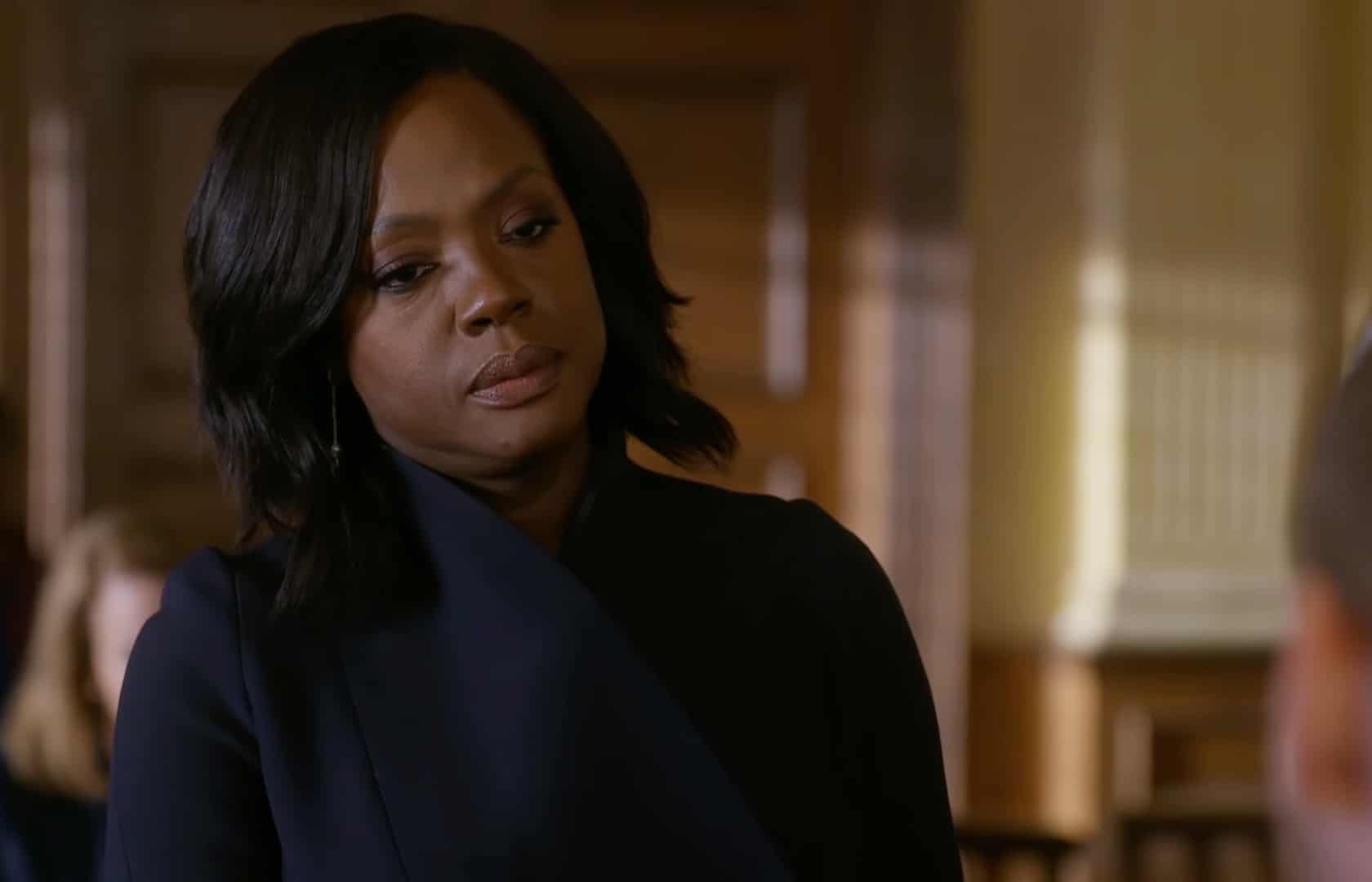
Annalise Keating (Viola Davis) is openly bisexual in How to Get Away With Murder, but that fact is sometimes forgotten – likely because there are just so many queer characters in this show, and because the show didn’t make too big of a fuss about her sexuality.
In the show’s second season, the law professor comes out as bisexual and reflects on a relationship she had with a woman called Eve. Annalise reveals that she ultimately left Eve for a man called Sam because she was afraid of being perceived as gay.
The show won praise for exploring the fears closeted bisexual people can face when entering into a relationship with somebody of the same gender.
The verdict: Much like Grey’s Anatomy, How to Get Away With Murder didn’t get everything right – but it always tried its best to bring meaningful queer representation to the masses.
5. Darryl Whitefeather – Crazy Ex-Girlfriend
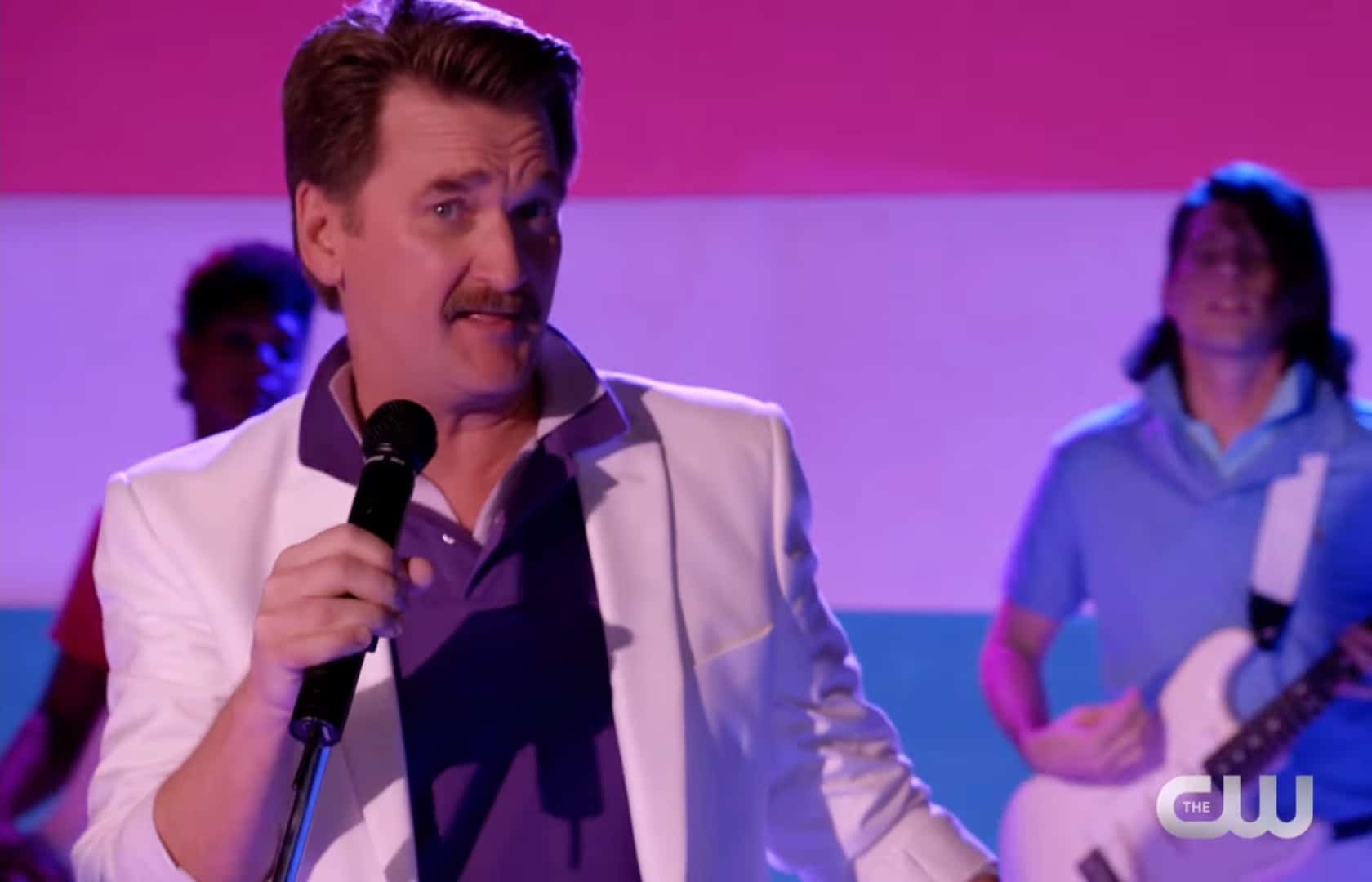
You might have noticed by now that there’s something of a shortage of bisexual men on screen – which is just one of the reasons why Crazy Ex-Girlfriend‘s Darryl Whitefeather was so groundbreaking.
The character, played by Pete Gardner, comes to the realisation that he is bisexual in the show’s first season after he and his wife’s marriage ends in divorce.
The show’s writers consulted with GLAAD to make sure they got their bi representation right – and it couldn’t have been more on point. In a song called “Gettin’ Bi”, Darryl blasts harmful stereotypes about bisexual people.
“Now some may say / ‘Oh, you’re just gay / Why don’t you just go gay all the way?’ / But that’s not it / ‘Cause bi’s legit / Whether you’re a he or a she / We might be a perfect fit,” Darryl famously sung.
The verdict: Darryl Whitefeather was an example of pitch-perfect bisexual representation. Throughout the show’s four-season arc, he had relationships with a man and with a woman – and he constantly challenged audience perceptions of bisexual people.
6. Eleanor Shellstrop – The Good Place
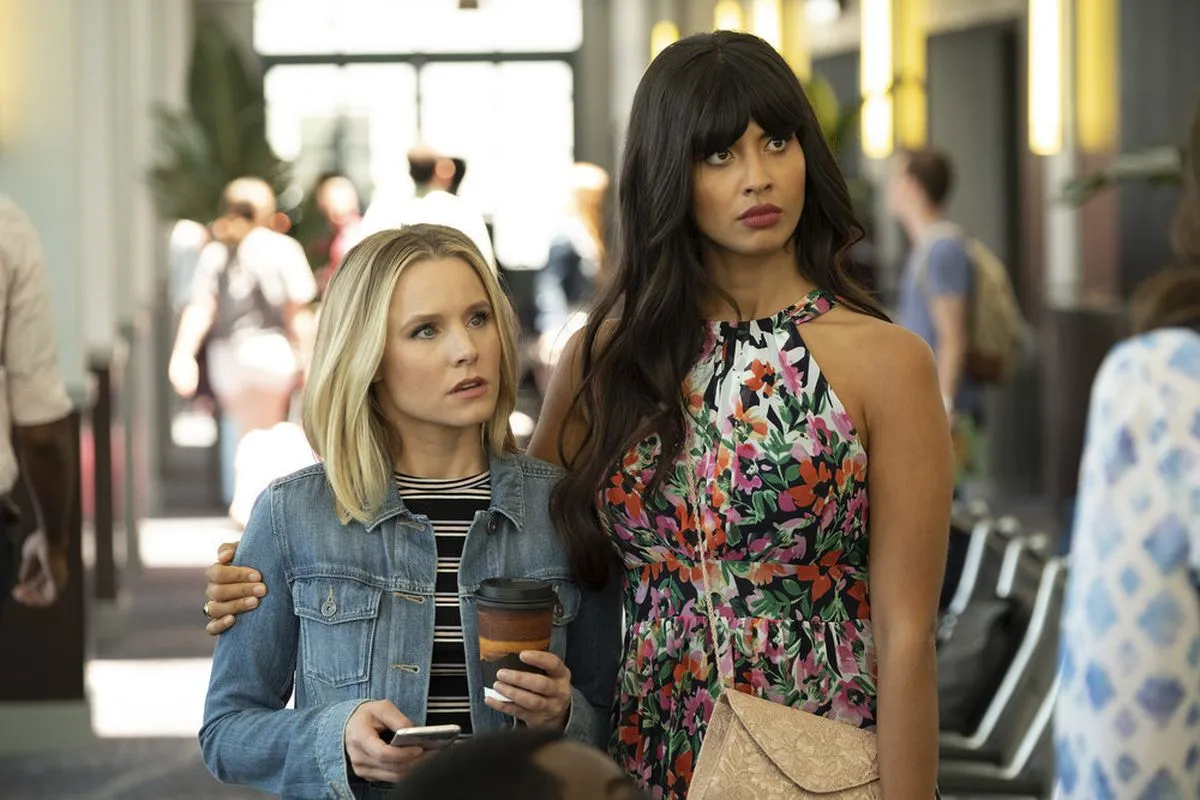
Eleanor Shellstrop is a tricky one when it comes to bisexual representation. The character, played brilliantly by Kristen Bell, repeatedly references the fact that she’s sexually attracted to Tahani (Jameela Jamil).
Sadly, that’s about where her bisexuality ends. William Jackson Harper, who played Chidi Anagonye on the show, was adamant off-set that Eleanor was “super bisexual” – but the show never really delved into her sexuality in a meaningful way, and arguably used it as a mere punchline.
It’s possible that the show would have explored Eleanor’s sexuality in more detail if remained on the air for longer. Sadly, we’ll never know what could have been, as The Good Place bowed out after four seasons.
The verdict: By the time The Good Place started airing in 2016, audiences had become accustomed to better queer representation than what Eleanor Shellstrop offered.
7. Adam Groff – Sex Education
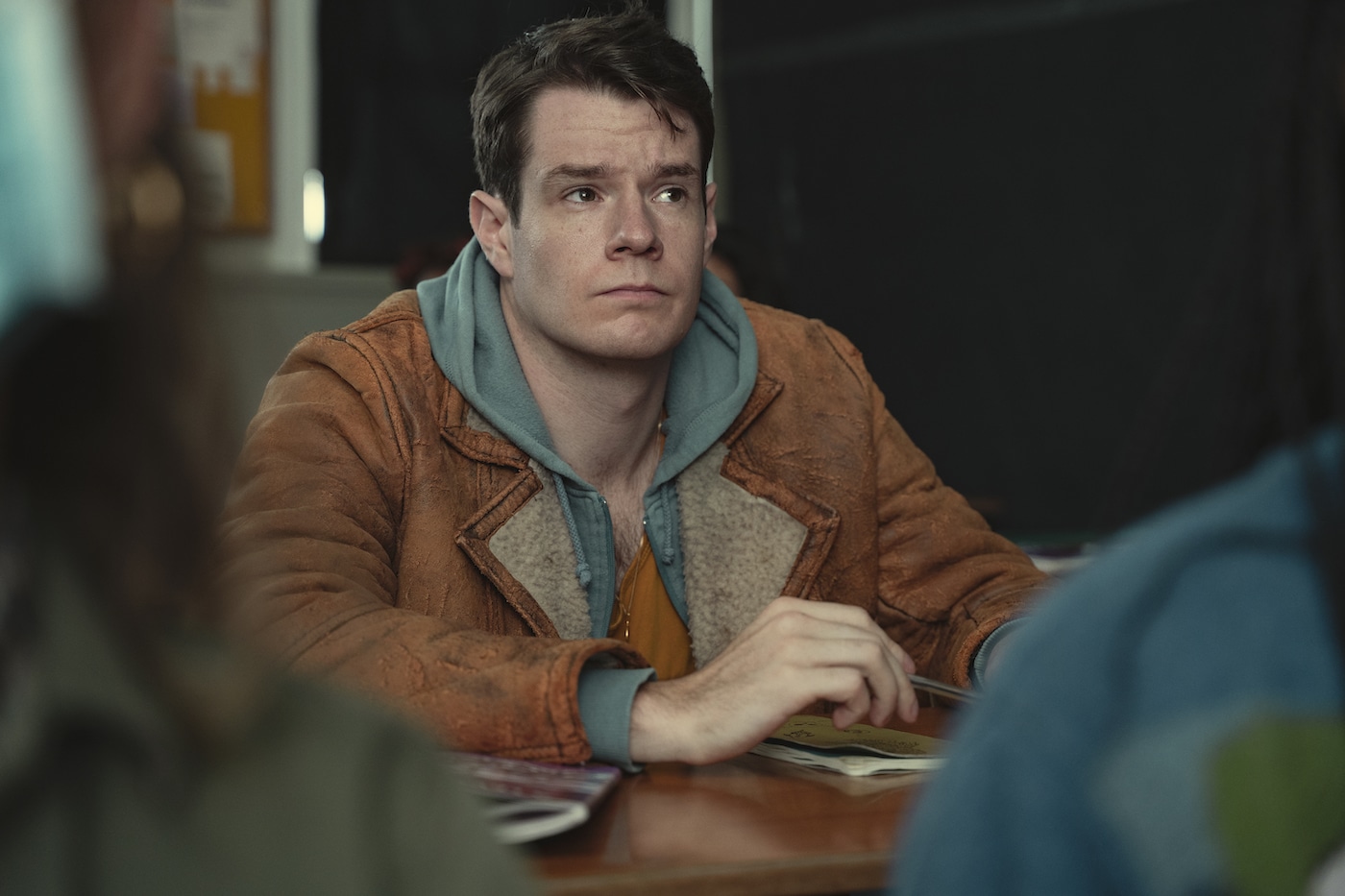
Fans were surprised – and some were understandably annoyed – when school bully Adam Groff unexpectedly had a sexually intimate moment with Eric, his longtime victim, at the end of season one.
The moment seemed to come out of nowhere – and some were disappointed that the acclaimed Netflix series appeared to be playing into stereotypes about homophobic bullies secretly being gay themselves.
Thankfully, Sex Education proved that it was up to the task with the show’s second season, which culminated with Adam finally opening up about his bisexuality.
Adam isn’t exactly a likeable character, but as the show progresses, the audience finds itself rooting for him. Sex Education deserves praise for depicting a bi character who does’t need to be likeable who has the same struggles as anybody else.
The verdict: Despite initial worries,Sex Education did something interesting with Adam Groff by offering viewers a bisexual character who wasn’t always likeable.
8. Ilana Wexler – Broad City
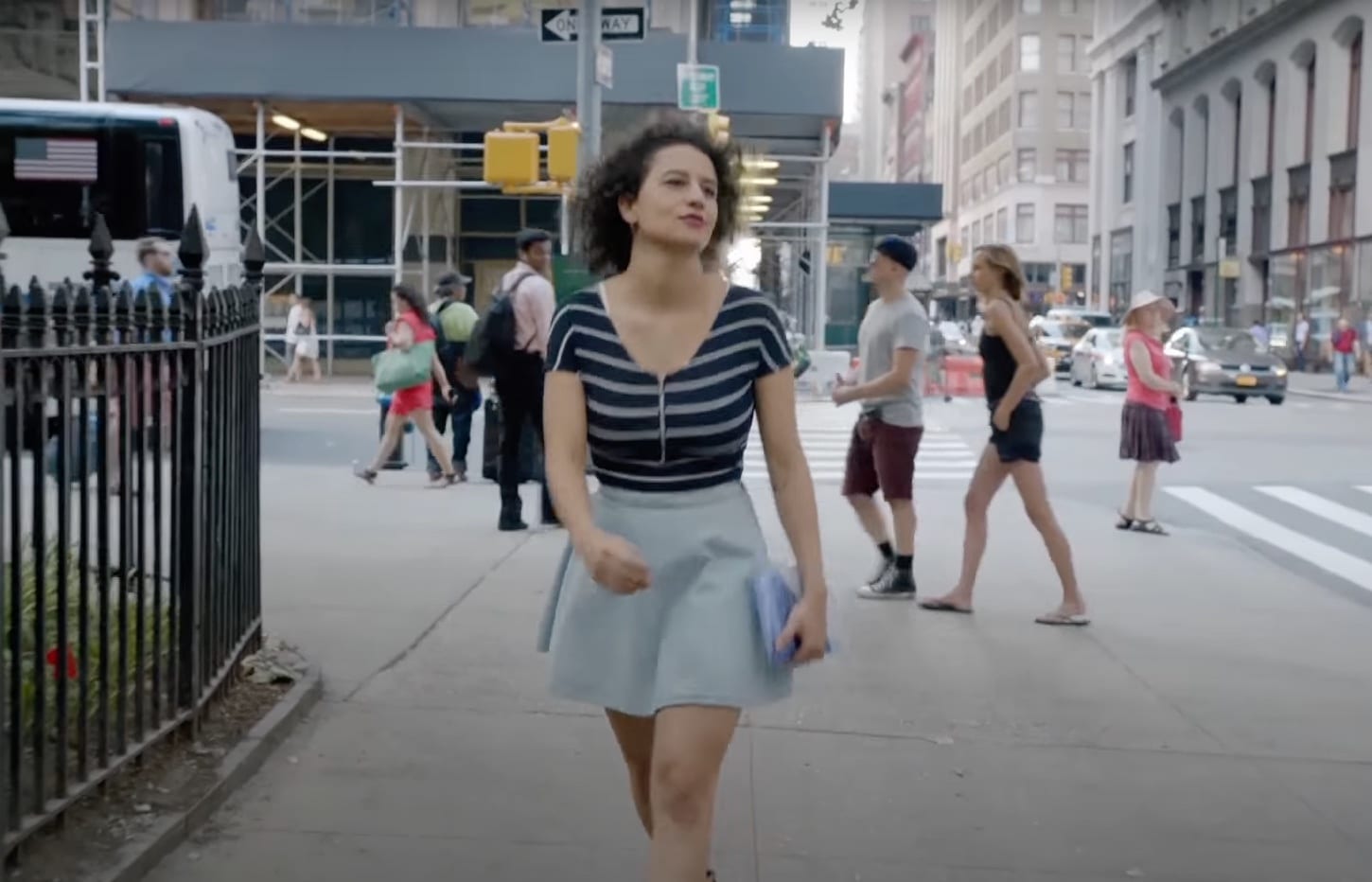
Besides being side-achingly funny, Broad City proved time and time again that it was committed to meaningful LGBT+ representation.
One of the best examples of this was the show’s depiction of Ilana Wexler’s bisexuality. Her attraction to her best friend Abbi, and to other women, is treated as a non-issue.
There is no judgement, no discrimination – she just gets on with her life, happily attracted to whatever person happens to stumble into her path.
The verdict: Broad City could have tried harder to give a deeper analysis of what it means to be a bisexual woman in America today – but on the other hand, it wasn’t the right place to have such a conversation. The show was primarily focused on the central friendship between Abbi and Ilana – and that was enough for us.
